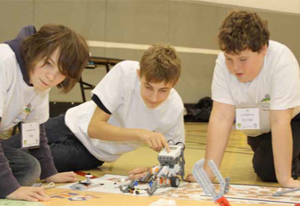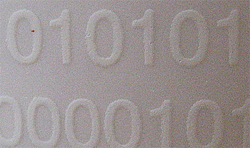
Four years ago, Stanborough School started its LEGO Robotics Club. Our goal was to introduce pupils to the principles of robotics and computing, and to give them an enthusiasm for engineering.
The club offers an initial six-week course in which pupils learn to design, build and program standard robots from instructions provided with the LEGO Mindstorms kit. They then move on to build and program machines of their own design.
To build a robot, pupils first construct a basic flat four-wheeled platform, following the instructions in a user guide. This acts as a chassis for the NXT brick - the mind of the robot. Next, pupils are given access to a large range of parts - including sensors for sound, touch and colour - which they attach to their robot to enable it to perform desired functions, such as stopping when it has reached a wall or firing a ball. When adding these components to robots of their own design, pupils realise the importance of careful planning: they need to ensure the motors and wiring can be connected to the NXT.

When we learn to write, we don’t start by studying the process through which the ink travels from the cartridge to the nib of our pen and on to the paper. When we learn to speak another language, we don’t first study buccopharyngeal anatomy in the hope it will facilitate the production of difficult foreign sounds. When we learn to drive a car, we worry more about making the machine work and less about how the machine works.
In each of these cases, achieving a successful outcome – becoming an accomplished writer, a gifted polyglot or a talented racing driver – is not dependent on the intimate knowledge of the processes involved and it can demonstrably be achieved with only a basic understanding thereof.

A community-driven platform for showcasing the latest innovations and voices in schools
Pioneer House
North Road
Ellesmere Port
CH65 1AD
United Kingdom